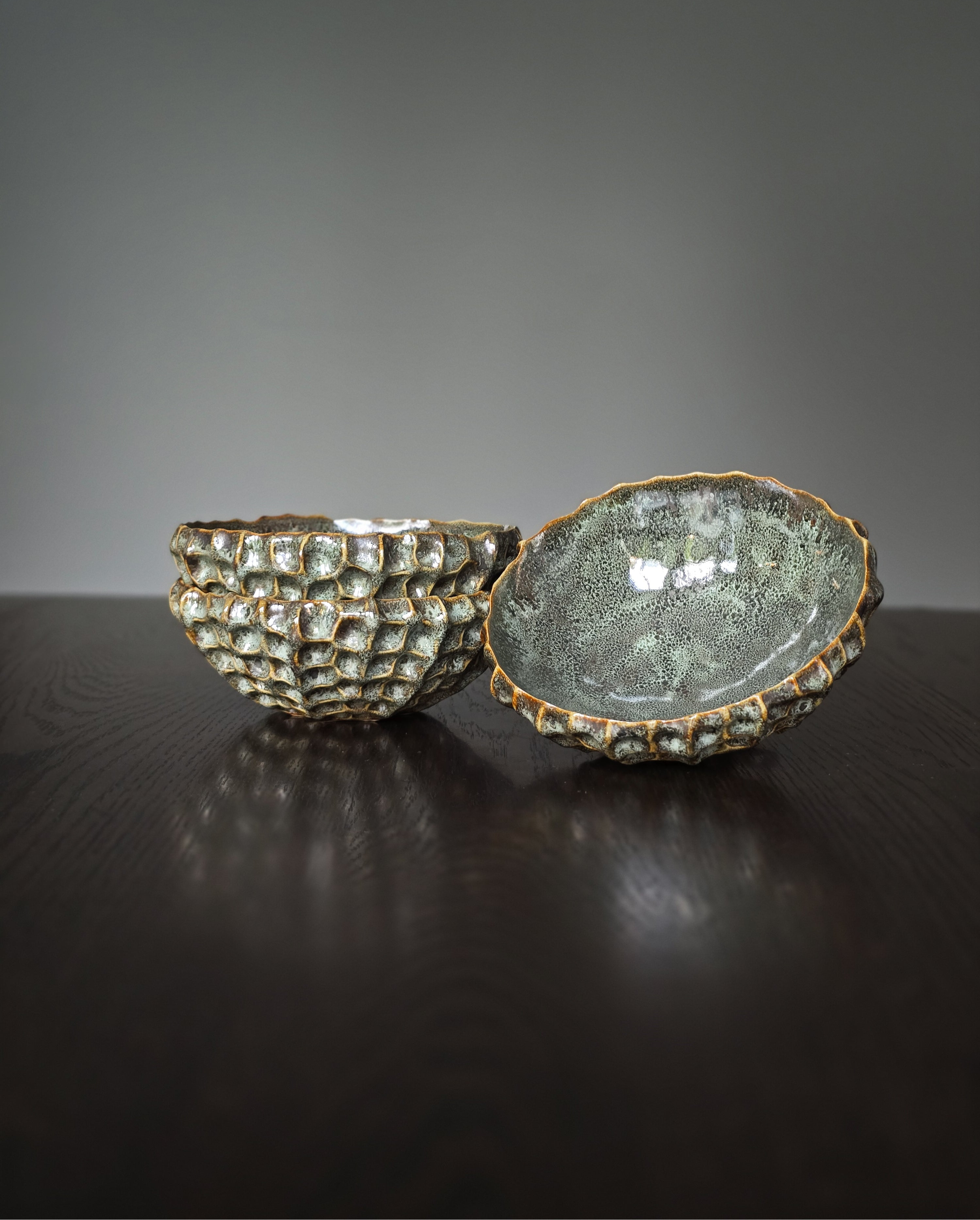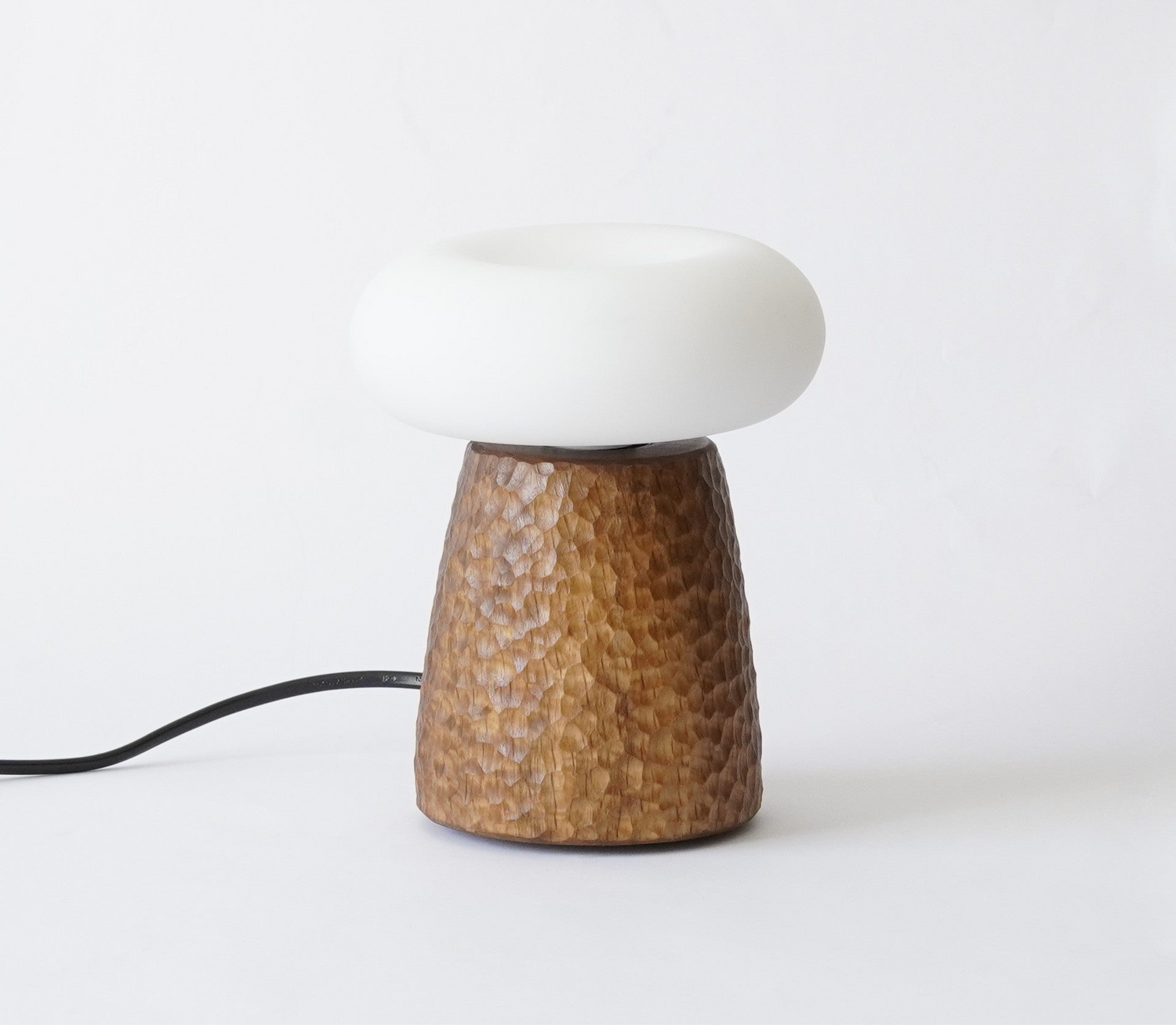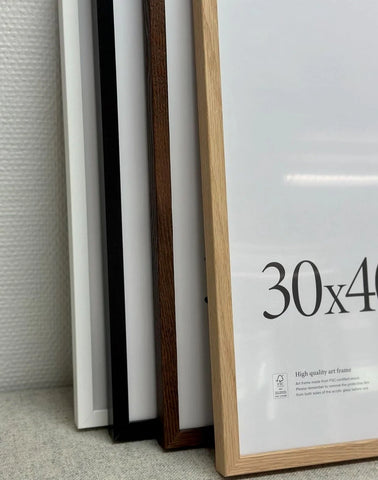
BEST PRACTICES – PRICING
Seller Guide
Approx. 10 minute read
DO'S AND DON'TS
Pricing your handmade work can feel challenging, but it’s one of the most important parts of building a sustainable creative business. A well-set price reflects the true value of your time, skill, and materials. It also helps your customers understand and respect the craft behind your product.
Whether you're selling original art, fashion pieces, ceramics, sculptures, or crochet bags, remember this: you're not just selling an object – you’re selling creativity, quality, and it's an extension of your brand.

DO'S
• Factor in all your costs: Include materials, tools, packaging, shipping and most importantly, your time.
• Look at similar products: Compare with other handmade goods in the same category, quality level, and style to get a sense of what customers are willing to pay.
• Price for sustainability, not competition: Don’t underprice just to sell. Instead, build a brand that stands out through quality, design, and story.
• Offer product bundles: Consider creating curated product bundles, like a print set, ceramic set, or fashion accessories that complement each other. A slightly better price per item can boost the perceived value and increase your average order size.
• Keep your pricing consistent across platforms: If you sell the same design on Cay Collective and elsewhere (e.g., your own site), the price must match. Inconsistent pricing creates confusion and breaks customer trust. (Part of our terms of services)
• Be flexible, but intentional: You can change your price at any time, and even offer discounts, but always base your core pricing on value, not just visibility.
• Consider offering tiered pricing: For example: a limited-edition version at a premium price, and a more accessible version in print or smaller format.

DON'TS
• Don’t undersell yourself: Pricing too low can make your work seem less valuable and make it hard to grow your business long-term.
• Don’t price based only on material cost: Handmade work is about time, skill, and originality. Price accordingly.
• Don’t copy others blindly: Use others’ pricing as guidance, but adjust based on your own process, quality, and brand.
• Don’t race to the bottom: Competing on price alone often leads to burnout. Compete with your design, vision, and craftsmanship.
Bonus Tip
Your price tells a story. If your product is underpriced, customers may wonder why. But if it's priced confidently, and presented beautifully, they’ll understand it’s special.


